Praneeth Namburi, PhD ’16
From neuroscience to biophysics of movement
Twelve years ago, Praneeth Namburi made a detour in what turned out to be the right direction. Then a neuroscience grad student about to join the lab of Kay Tye ’03, he was walking through the Stratton Student Center when he heard music and voices coming from the Sala de Puerto Rico. He stepped inside to investigate and found himself in the middle of a ballroom dance class, where he was immediately mistaken for a dance student. The accidental encounter might have ended right there, but Namburi stayed. And then he went back. And then he went back again.
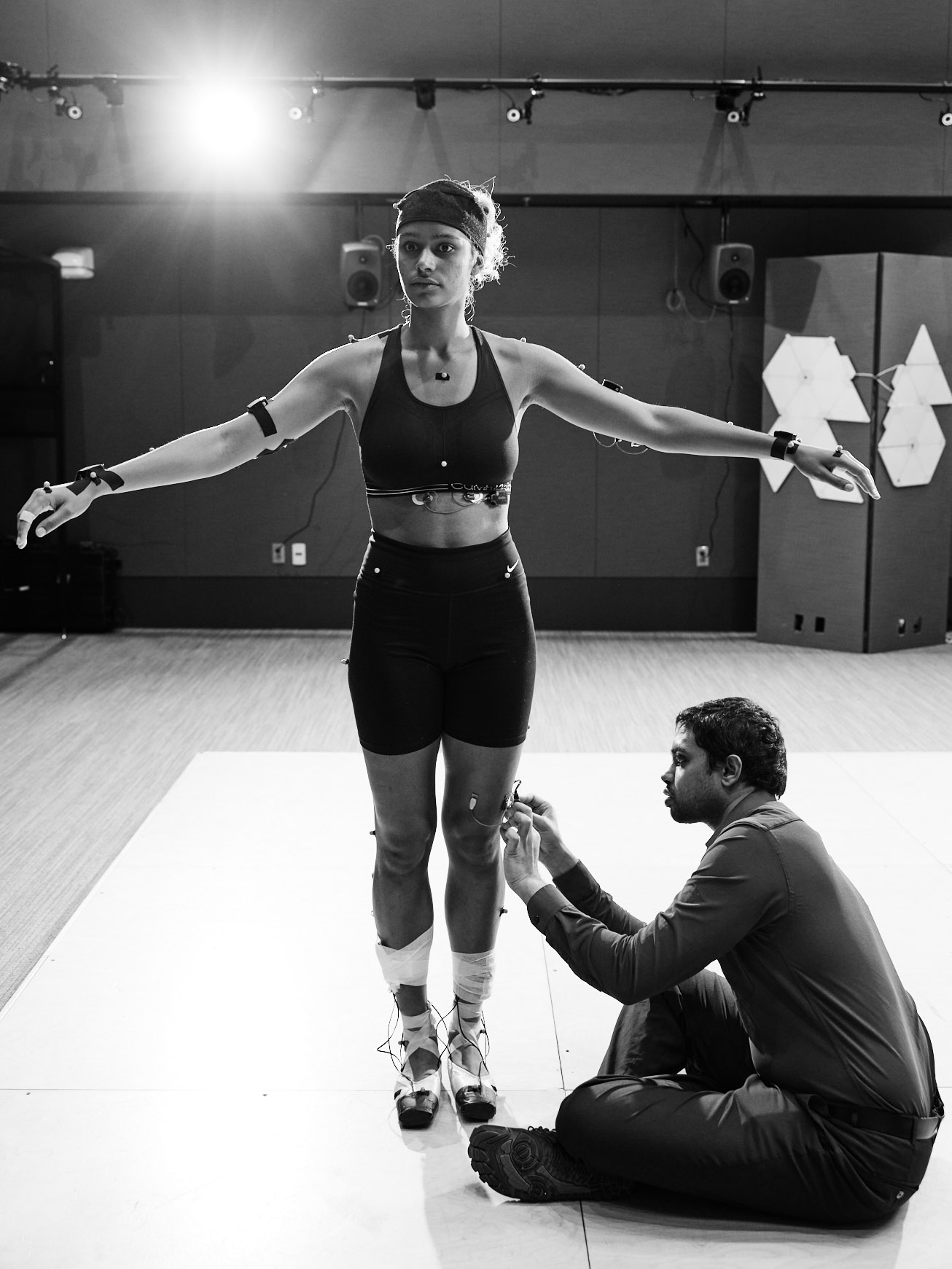
KEN RICHARDSON
Today, he is considered an advanced dancer. He routinely delivered showstopping performances in competitions with his most recent dance partner, Miray Omurtak, who just wrapped up a predoctoral research fellowship in economics at MIT. And Namburi, who was lead author on two major papers showing how the brain categorizes things as good or bad, has nimbly executed a pivot in his career. Instead of neuroscience, he now studies the biophysics of movement—how elite dancers and athletes are able to move so gracefully and effectively. And he’s a research scientist at MIT’s Institute for Medical Engineering and Science working in MIT.nano’s Immersion Lab, a shared central facility equipped with immersive sensing and visualization technologies.
The tools of Namburi’s trade include the same kind of motion capture used to create animated characters in movies like Avatar. By attaching reflective infrared sensors to subjects’ bodies and tracking their movements with 28 cameras, he can study how dancers and athletes change position in 3D space. He also employs ultrasound sensors to see how muscles shorten and stretch in relation to bones, and accelerometers to measure how smoothly parts of the body are moving.
When Namburi asked subjects to extend their arms while holding an accelerometer, non-dancers tended to rely on their muscles, creating hundreds of small tremors. Dancers typically slung their arms forward, employing their joints and elastic tissue. His emerging theory is that elite dancers can store and release energy more efficiently than the rest of us, resulting in more graceful movement.
“When dancers describe the correct way of movement, they describe it as a feeling or even a spiritual experience,” Omurtak, his former dance partner, says. “What I value in his research is if you do a movement that feels good, he can show you this is how your muscles behave and the distance between two points on your bones.” Namburi says that’s exactly what motivates him: “No one has been looking at this through a scientific lens. There is a lot of value in being able to formalize and bring these ideas into the world in a more rigorous manner.”
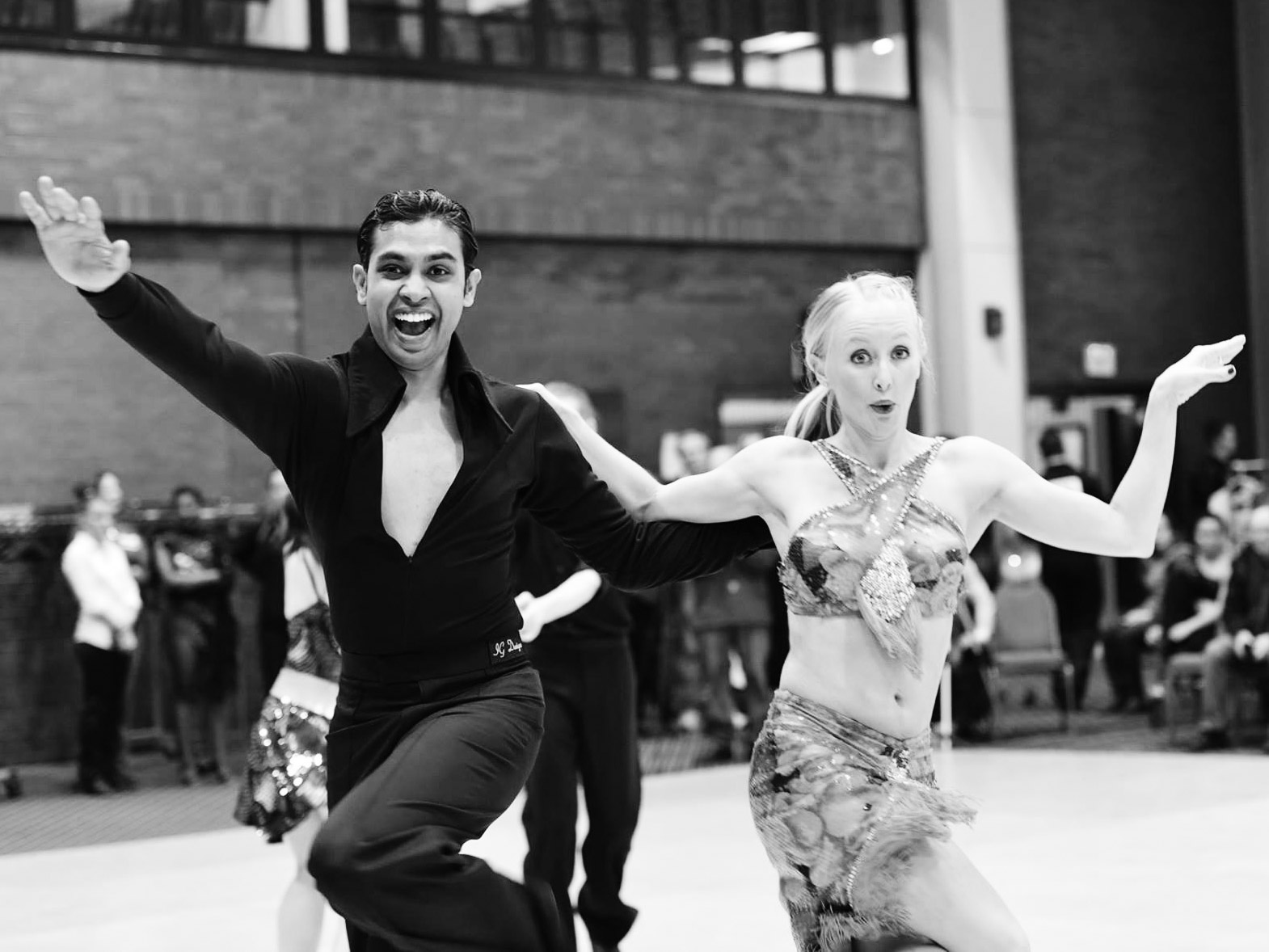
COURTESY PHOTO
That data-driven scrutiny of movement has allowed him to help athletes and dancers get even better at what they do. For example, while working with a dancer with back pain and her coach, he placed sensors on the dancer’s spine and had her wear an augmented-reality headset so she could see them. Then he told her to move the top two sensors apart (which involved stretching her spine) and use that stored energy to execute a turn—which she did, painlessly. And when MIT’s fencing coach noticed a problem in the way his fencers were lunging, he assumed it was because their shoulders were tired. But Namburi’s measurements showed the problem was that the athletes were relying too much on their back muscles instead of their cores, a finding that changed the coach’s approach to teaching lunge technique.
Right now, Namburi is absorbed in trying to understand the intricacies of human movement. But down the road, he believes, his research could help older people avoid falls, workers perform their jobs more safely, and patients with movement disorders like Parkinson’s improve their mobility.
And once he understands the biophysics of artful movement, he hopes to explore the neuroscience behind it using the same kinds of molecular tools he employed in Tye’s lab.

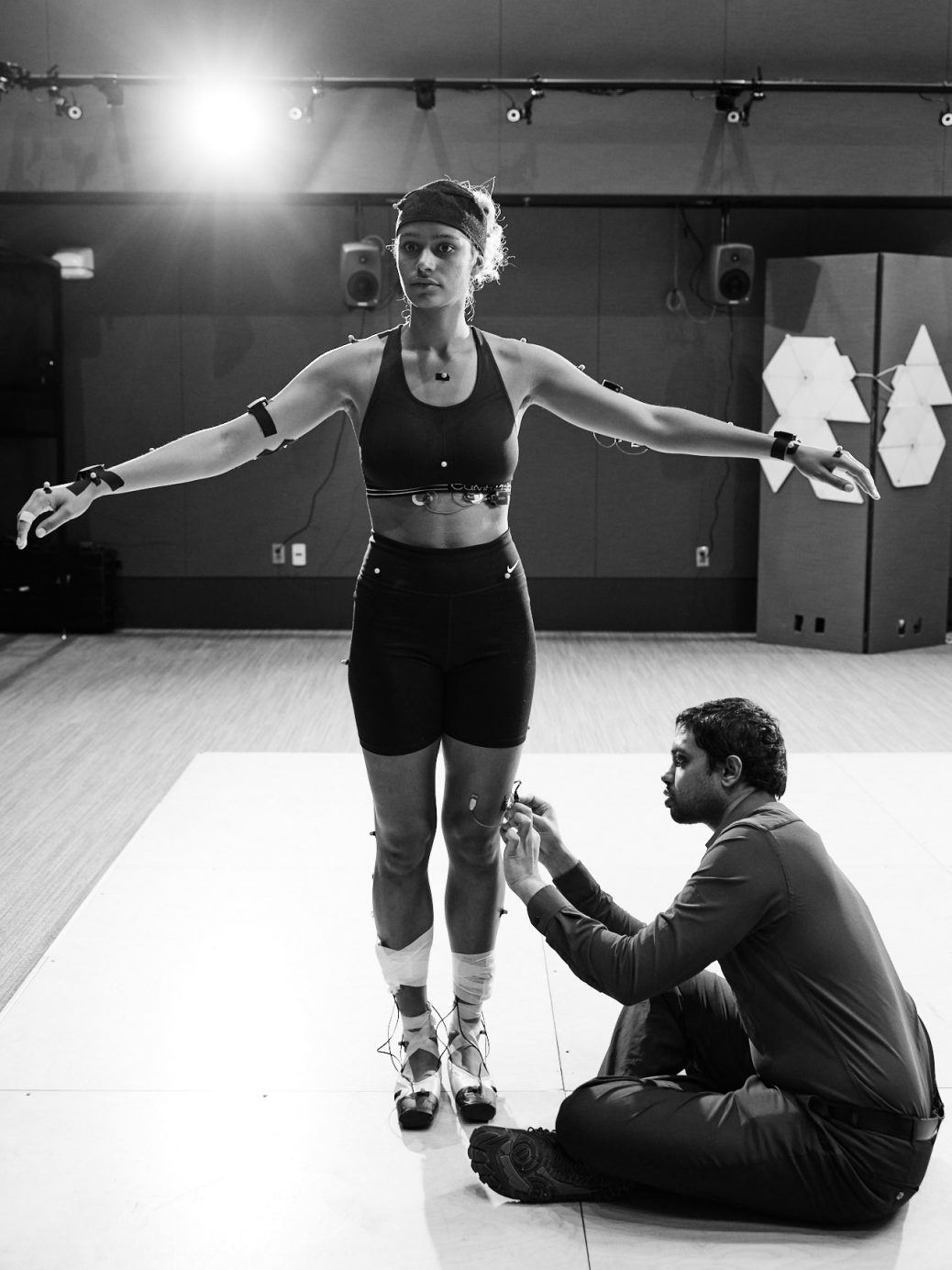
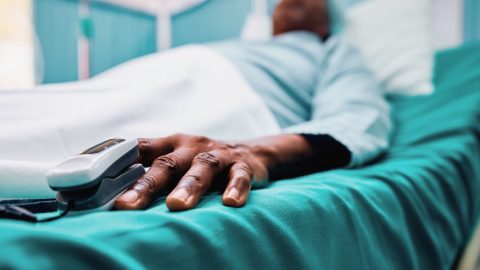


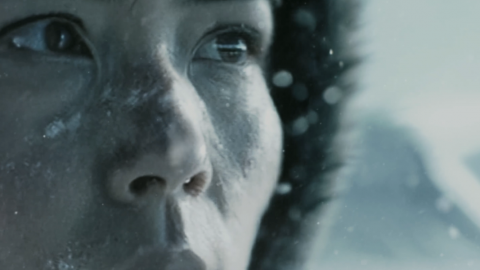
Recent Comments